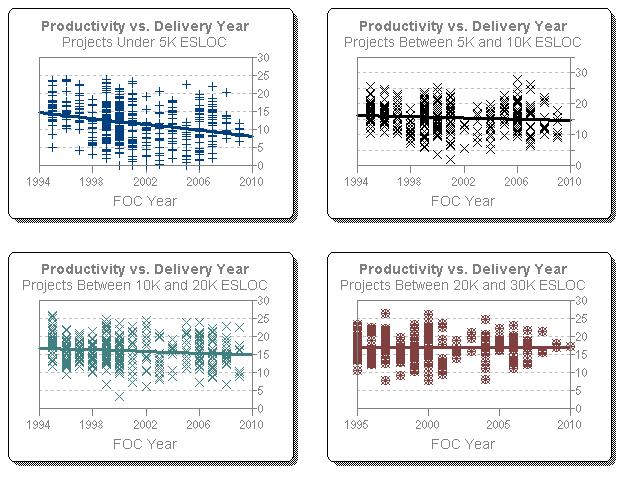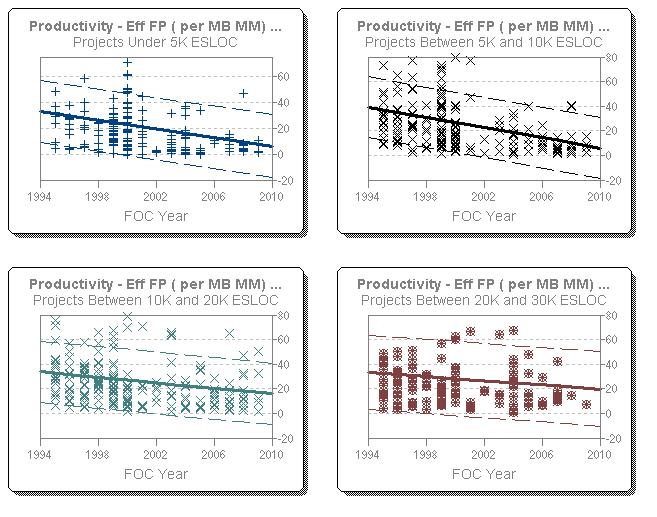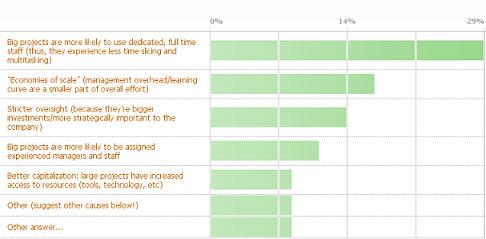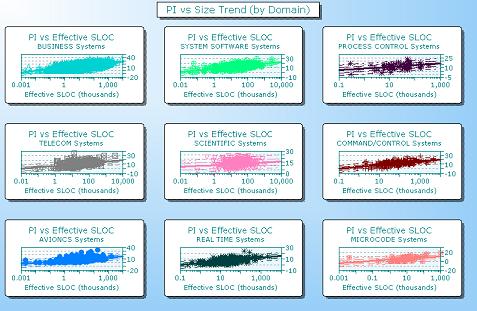Replay Now Available of "An Introduction to the SLIM Suite of Tools" Webinar
If you were unable to attend "An Introduction to the SLIM Suite of Tools," originally presented on April 28 by Keith Ciocco, a replay is now available for viewing.
Want to learn more about our tools? This webinar will give you an introduction to the SLIM Suite, as well as highlight some of the new features for users that are already familiar with SLIM. QSM Vice President Keith Ciocco shows you how to sanity-check your estimates with industry data, provide what-if analysis, and negotiate estimates with clients or management. Get a full overview of the SLIM-Suite, including SLIM-Estimate, SLIM-Control, SLIM-Metrics, SLIM-MasterPlan, and SLIM-DataManager.
As Vice President of QSM, Keith has more than 23 years of experience working in sales and customer service, with 15 of those years spent at QSM. Keith’s primary responsibilities include managing business development, existing client relations, customer retention and response.
View the replay here.





 Back in great-Grandma's time, cleaning was a labor intensive endeavor. Rugs were swept once or twice a week and taken outside and beaten by hand once a year. Those cheery little scrubbing bubbles weren't around to whisk the pesky soap scum from our bathtubs -
Back in great-Grandma's time, cleaning was a labor intensive endeavor. Rugs were swept once or twice a week and taken outside and beaten by hand once a year. Those cheery little scrubbing bubbles weren't around to whisk the pesky soap scum from our bathtubs -